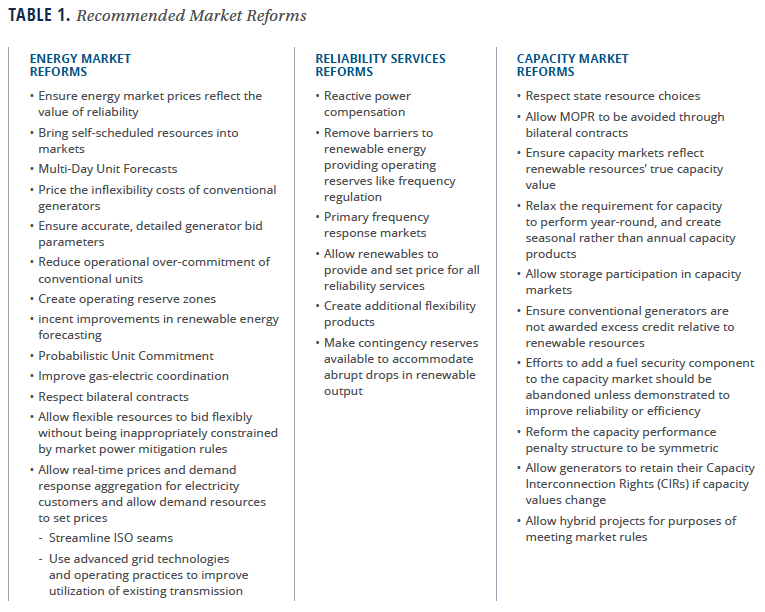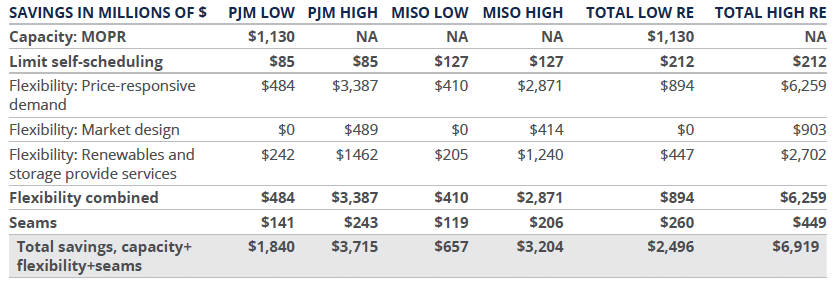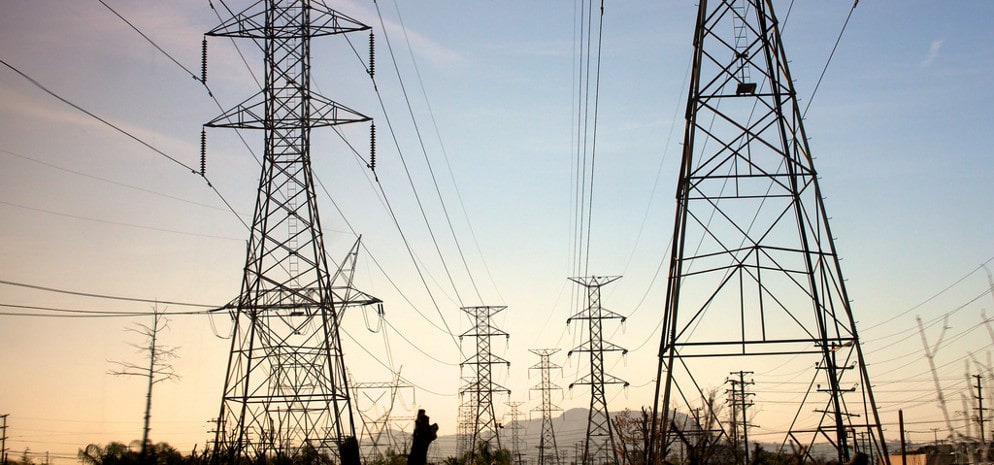When we think of hot solar markets, the area covered by PJM Interconnection does not usually come to mind. The 14 states in the Mid-Atlantic and Midwest do not have the sunlight that California and the Southwest have. Additionally – New Jersey aside – they do not have the high electricity prices and supportive policy environment for solar seen in states like New York and Massachusetts.
The same could be said of the Midcontinent System Operator (MISO), the grid that covers the heart of the Midwest and stretches in a narrow band south to Louisiana. While MISO has some wind resources, none of the states that it covers have been leading solar markets.
All of this is changing. As of the end of July, pv magazine counted 47 GW of active solar projects in PJM’s interconnection queue, and 57 GW in MISO’s queue.
How many of those projects will actually get built is another matter, and some of this is dependent on the structure of the market. Last November, the Wind Solar Alliance published a report which laid out a set of market reforms to facilitate greater participation of these services, which it also says will make the market more free, fair and flexible.

This list of reforms was not small, with 29 individual recommendations, broken in energy market reforms, reliability services reforms, and capacity market reforms. Fortunately for laypersons and those with shorter attention spans, the report broke this down into four themes:
- Attract flexible resources including demand response and storage through open participation and efficient market pricing
- Reduce inappropriate compensation and commitment of inflexible units
- Allow resources to participate in all reliability services markets
- Respect resource choices by states without mitigation.
Saving dollars as well as CO2
Last week Wind Solar Alliance took a further step and quantified the benefits of these reforms to consumers in a follow-up report, which found aggregate benefits of $2.5 to $6.9 billion for consumers. This was mostly through making markets more flexible, with minor contributions from linking up “seams” in the transmission system and ending self-scheduling of generators.

On the individual ratepayer level, this translates to $24-$48 in savings each year for PJM customers, and $10-$49 annually for customers in MISO—or around $1-$4 on each monthly electric bill.
The range of values depended on rates of renewable energy deployment, and the report’s authors described this as a “good preliminary estimate” which can be built on with more detailed analysis and modeling.
These dollar estimates are actually conservative, as the report assumed only the highest value from the various flexibility reforms. However, it does note that if multiple flexibility policies were enacted, that the total savings were likely to be much larger.
The MOPR
This series of reports can be seen in part as a response to proposals by grid operators that favor conventional resources. These include PJM Interconnection’s Minimum Offer Price Rule (MOPR) proposal, which the initial report describes as “active interference” in state markets. Wind Solar Alliance alleges that it would affect consumers, as stated in the November report:
These restrictions do not lead to just and reasonable rates for customers if some resources on the system are excluded from the market when determining prices, or prices are artificially raised through minimum bid requirements. We recommend that the application of MOPR to state Renewable Portfolio Standards (RPS) be minimized or avoided altogether, at least in the case where the resources were developed through competitive processes.
MOPR is currently being considered by FERC, which is hamstrung by the lack of a quorum following the retirement of Commissioner Cheryl LaFleur (D). This week President Trump appointed a new commissioner, James Danly, however Danly must be approved by the Senate before he can bring FERC to a quorum.
This content is protected by copyright and may not be reused. If you want to cooperate with us and would like to reuse some of our content, please contact: editors@pv-magazine.com.









By submitting this form you agree to pv magazine using your data for the purposes of publishing your comment.
Your personal data will only be disclosed or otherwise transmitted to third parties for the purposes of spam filtering or if this is necessary for technical maintenance of the website. Any other transfer to third parties will not take place unless this is justified on the basis of applicable data protection regulations or if pv magazine is legally obliged to do so.
You may revoke this consent at any time with effect for the future, in which case your personal data will be deleted immediately. Otherwise, your data will be deleted if pv magazine has processed your request or the purpose of data storage is fulfilled.
Further information on data privacy can be found in our Data Protection Policy.